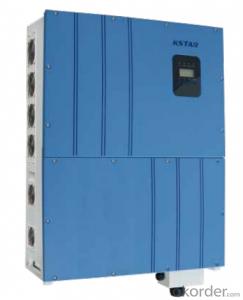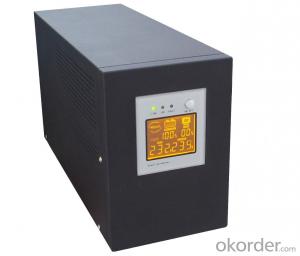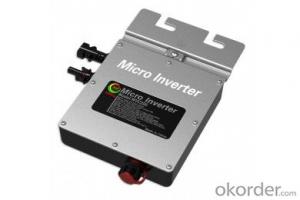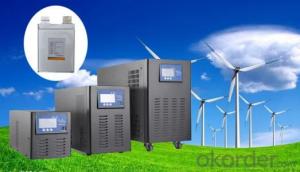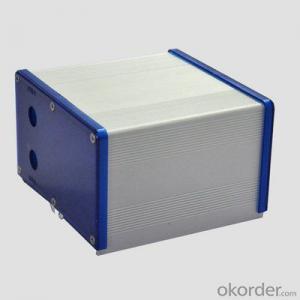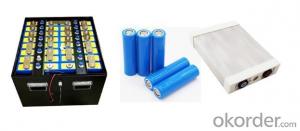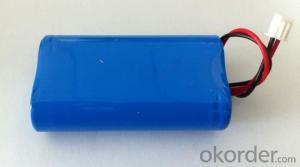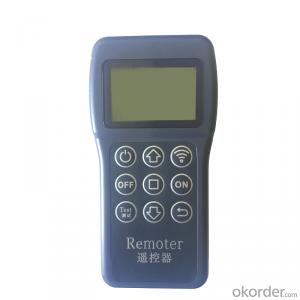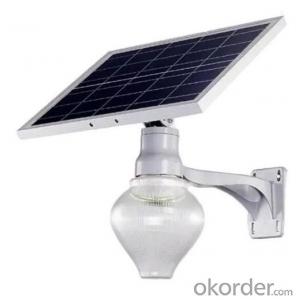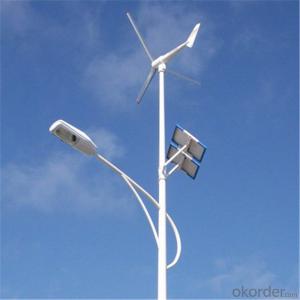Kirloskar Solar Inverter
Kirloskar Solar Inverter Related Searches
Solaris Solar Inverter Solar Solar Inverter Inverter Solar Microtek Solar Inverter Eltek Solar Inverter Ginlong Solar Inverter Ecostar Solar Inverter Schneider Solar Inverter Kstar Solar Inverter Germany Solar Inverter Siemens Solar Inverter Eko Solar Inverter Powerland Solar Inverter Prostar Solar Inverter Solar Inverter Inverter Solar Smart Inverter Inverter Hybrid Solar Solar Converter Inverter Inverter Solar System Inverex Solar Inverter Solar Electric Inverter Japanese Solar Inverter K Solar Inverter Solar System Inverter Synergy Solar Inverter Solar Inverter Kit Solar Energy Inverter Solar Light Inverter Inverter Power Solar Inverter Solar ControllerKirloskar Solar Inverter Supplier & Manufacturer from China
Kirloskar Solar Inverter is a high-quality product designed to efficiently convert solar energy into usable electrical power for various applications. This advanced technology is essential for harnessing the power of the sun and reducing reliance on non-renewable energy sources. The Kirloskar Solar Inverter is widely used in residential, commercial, and industrial settings, making it a versatile choice for those looking to adopt sustainable energy solutions. It is designed to withstand harsh environmental conditions and provide reliable performance over an extended period.The Kirloskar Solar Inverter is an excellent choice for those looking to invest in a reliable and efficient solar energy system. It is suitable for a wide range of applications, including powering homes, businesses, and even large-scale industrial operations. By utilizing the power of the sun, users can significantly reduce their energy bills and contribute to a greener environment. Okorder.com is a leading wholesale supplier of the Kirloskar Solar Inverter, offering a vast inventory of this product to cater to the needs of various customers. With their extensive stock and competitive pricing, Okorder.com is the ideal platform for those seeking to purchase the Kirloskar Solar Inverter for their energy needs.
Hot Products




